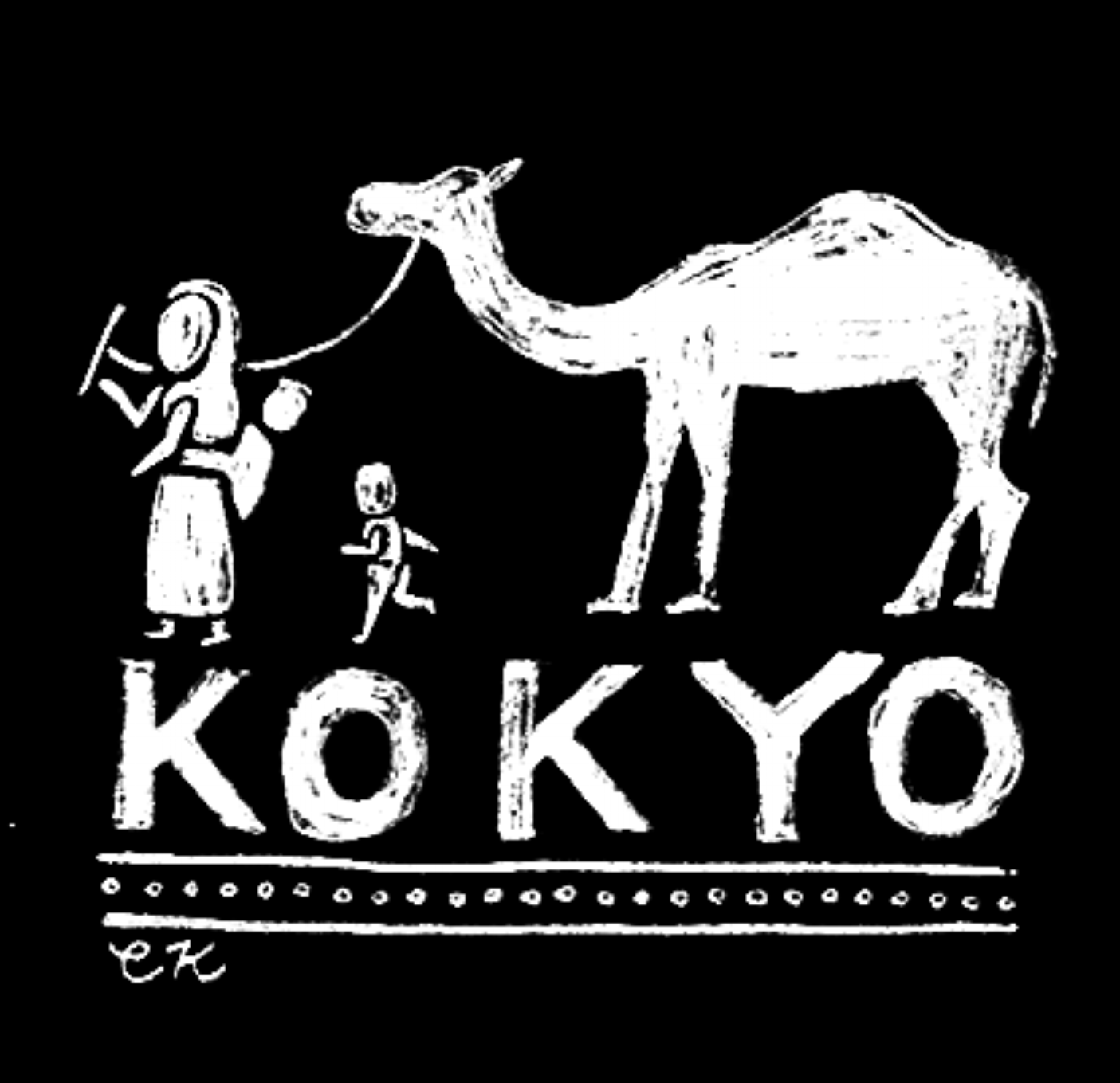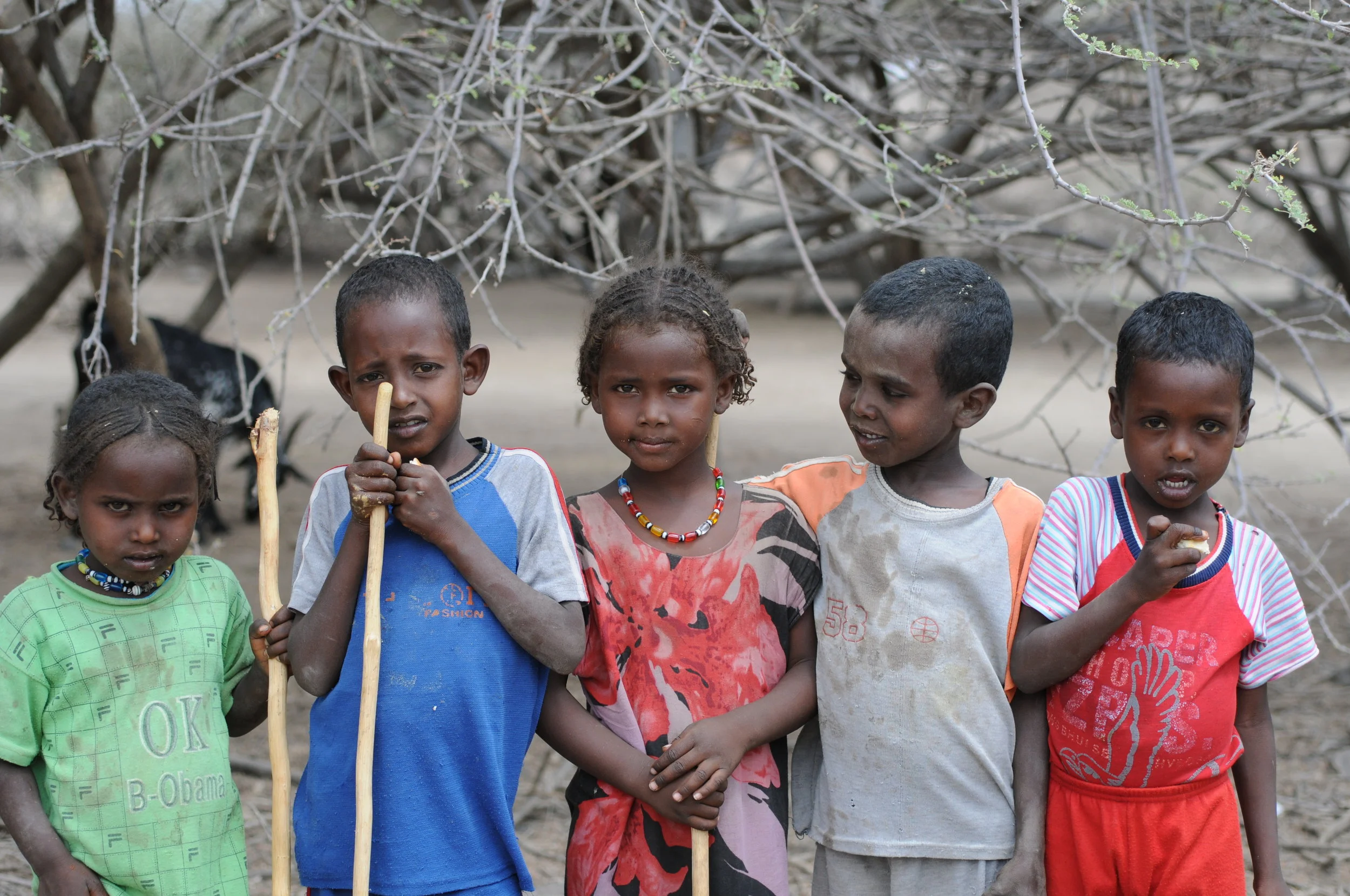The Afar people are nomadic pastoralists, raising sheep, goats, cattle, and camels in one of the most remote, driest and hottest areas of the world. Their homeland spans over 27,000 square miles in the northeastern lowlands of Ethiopia and continues into Eritrea and Djibouti. Although Ethiopia is one of the fastest growing countries in Africa, development is slow to come to the Afar region. The 1.4 million Afars in Ethiopia have the lowest literacy rate and health parameters in the country. They face many challenges including: illiteracy, lack of access to education, poverty, food and water shortages, and gender inequality.
And yet, despite all of these challenges, they are incredibly resilient and manage to survive in one of the harshest environments on earth. However, when there is a drought, they are also the most vulnerable due to the lack of infrastructure and development.
Waki and Waytaleyta villages
Waytaleyta village is located 27 kilometers east of Mille town on the road to Chifra town.
These two villages are near the research area of Dr. Haile-Selassie and many of his field crew come from these villages. There are about 4000 people living in these two villages and almost half of them are children under the age of 12. They have never had a teacher assigned to the villages because no teacher wants to live in such a remote and desolate place. Instead, with some support from the Mille District, school is currently taught by a single villager, Abdullah, who volunteers to teach the children the alphabet and the women of the villages provide lunch for the children .
Children of the Waki and Waytaleyta Villages learning from the volunteer teacher.
The children
Afar children grow up quickly! They are sent out to herd goats at the tender age of three. From then on, their responsibilities increase exponentially. The girls begin taking care of younger children and carry firewood and water. The boys are sent out by themselves with the goats, sheep, and camels to find grass and water, often walking tens of miles a day. Even though they have no time for school under these circumstances, some of them strive to learn by going to school whenever possible, even when they have to walk for miles, and try to use available educational opportunities. Their resolution for learning is humbling and inspiring for all of us who have always had opportunities and who have had school as a right rather than a privilege.
the women
Afar women are responsible for 100% of the household work. They take care of the children, cook, herd the livestock, chop and carry firewood, fetch water, and clean. Unfortunately, they are also considered to be second class citizens, with very few rights compared to the men. As young girls, they are last in line for educational opportunities, this means that they are not able to participate fully in the economy as adults nor are they able to have agency in their own futures. And yet, they do all that they can to improve the lives of their children, including pushing for education for their daughters because they realize its importance for their future.











